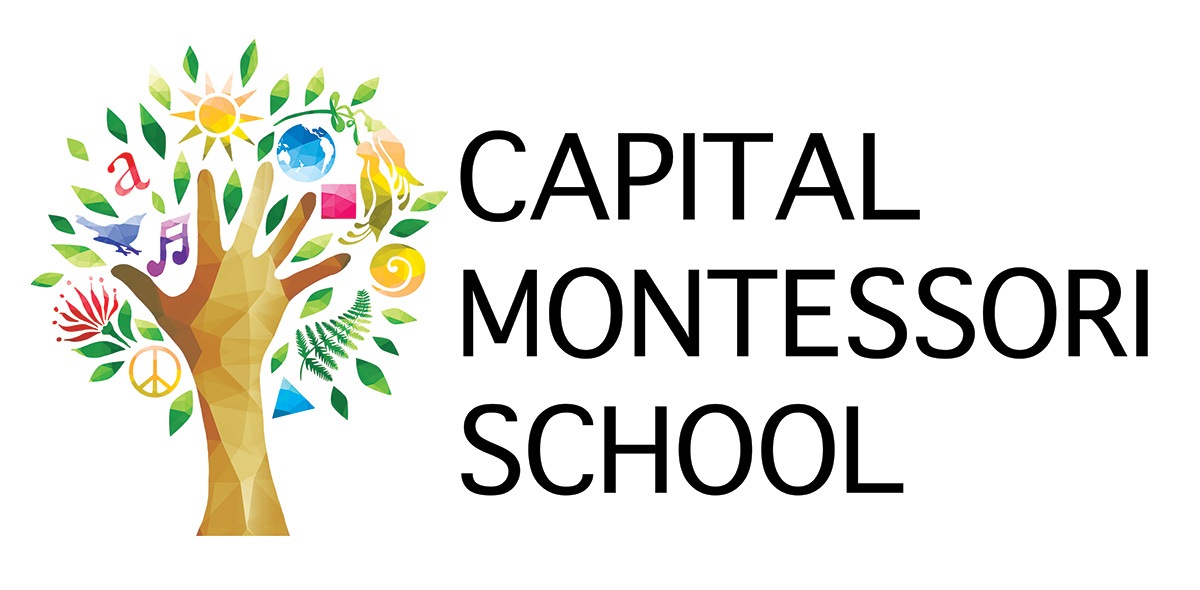Rata – Where play is the work of the child
The Rata Infant and Toddler community at Capital Montessori is a calm and nurturing environment for children 0-3 years to explore, learn and socialise. It's also a place to discover more about Montessori, develop friendships and find support. Our beautiful, dedicated room and garden have been developed to support the needs and interests of under 3s and their growing independence and confidence.
Phyllis Somers
Phyllis Somers is our Rata Infant and Toddler facilitator. Phyllis comes to Capital Montessori from the Kalihiwai River plateau, in the ahupua'a of Kilauea, Moku of Halele'a on the north shore of the island of Kauai in Hawaii Nei. Her passion is working with our youngest children in an infant community setting. She holds a 0-3 AMI (Association Montessori Internationale) diploma and 3-6 AMS (American Montessori Society) diploma, along with a California Early Childhood credential and a BA in psychology. Teaching in schools far and wide from NYC; Raleigh, North Carolina (where she created an employer sponsored Montessori School for SAS employees – a very exciting project you can ask her about); Houston, Texas; Miramar, New Zealand and Kilauea, Hawaii. The friendly Kiwi's, exciting culture, coffee and cosmopolitan atmosphere of Wellington lured her away from her beloved island home.
We sat down with Phyllis and asked her some questions parents often ask us about Rata.
How does Rata differ from other playgroups?
Playgroups are often just open spaces filled with toys (and noise). Montessori infant communities, where parents and children come together, differ in that the children are immersed in a thoughtfully prepared environment with beautiful, natural equipment and activities designed to meet their developmental needs and build the life skills of independence, concentration, order and coordination. The social skills to form a caring community are nurtured too. Another difference is that a Montessori trained facilitator is on hand to observe the children, their growth and their interaction with the materials. I’m there to help and guide parents about ways to support their child’s development at Rata and home, answer any questions and troubleshoot any concerns.
What’s important developmentally to our 0-3 year olds?
Most important is an orderly, loving and positive environment and having the freedom to move. It’s essential that 0-1 year olds form the basic human trusts: 0-8 weeks, trust in the environment (all their needs are met), and by walking (9-15 months) trust in self is formed.
What Montessori ideas are key for infants and toddlers?
Maria Montessori believed that ‘play was the work of the child’. Her methods focus on building skills in independence, concentration, order and coordination – skills necessary to help the young child reach his/her full potential. Starting with independence, in small doses at just the appropriate developmental stage is key. Once independence is fostered, concentration and order are added, with coordination weaving throughout the infant’s rapid development of movement. The concept of the absorbent mind is also important in empowering the child to be the best he/she can be. Young children soak up the environment all around them easily and unconsciously, including the emotional atmosphere created by their primary caregivers. Therefore, preparing a child's environment to provide optimal experiences to aid development is key to children under six.
Under 3’s love to try (and do) things by themselves, is this encouraged?
Independence is key in our infant community – from care of self, to preparing food, choosing materials and activities, or what songs to sing.
What kinds of activities do the children do at Rata?
Activities at Rata are chosen to nurture and develop hand-eye coordination, fine and gross motor skills, self care, care for the environment, and art appreciation, music and language.
What’s the role of the facilitator?
The facilitator is the link between the child and the parent. My role is to observe the child, and consider his/her developmental needs, prepare the environment and introduce appropriate materials to meet each child's interests.
Lots of playgroups are noisy, messy and chaotic – is Rata?
Rata is a relaxed, peaceful, orderly environment with a routine that the children can predict. There’s also a lovely sunny garden space for the children to explore and enjoy.
How many children are there at each session?
Each session has a maximum of 12 children who come along with a parent.
Is it possible to come along to a session and try it out?
We love to meet new families and we encourage parents and children to come along to a session and see our community in action.
When can children move on to the preschool?
Children who attend Rata have a place reserved for them in the preschool. The transition to preschool takes place on an individual basis with visits to the "big" school. It depends upon each child’s readiness, but usually somewhere between 2.5 and 3 years. Coming along to Rata makes the transition to preschool at Capital an exciting (rather than anxious) and easy step for most children.





